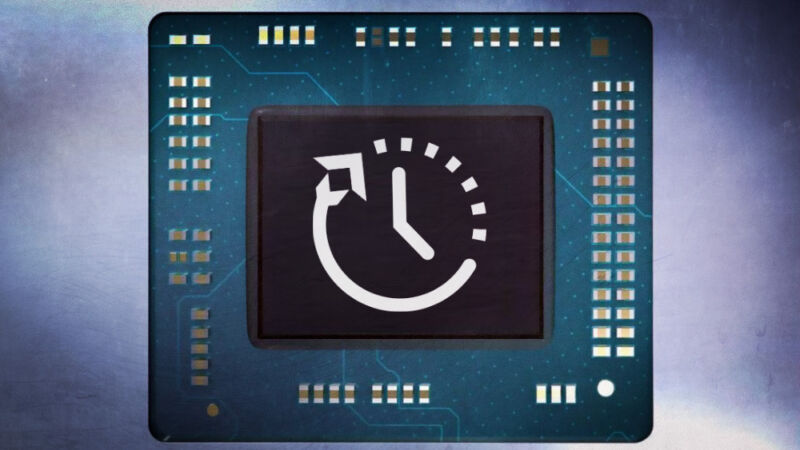AMD laptops have a hidden 10-second performance delay. Here’s why

Enlarge / When it's on battery, your new Ryzen 4000 series laptop doesn't deliver its true performance until about 10 seconds into a full-throttle workload. (credit: Aurich Lawson / AMD)
In an embargoed presentation Friday morning, Intel's Chief Performance Strategist Ryan Shrout walked a group of tech journalists through a presentation aimed at taking AMD's Zen 2 (Ryzen 4000 series) laptop CPUs down a peg.
Intel's newest laptop CPU design, Tiger Lake, is a genuinely compelling release—but it comes on the heels of some crushing upsets in that space, leaving Intel looking for an angle to prevent hemorrhaging market share to its rival. Early Tiger Lake systems performed incredibly well—but they were configured for a 28W cTDP, instead of the far more common 15W TDP seen in production laptop systems—and reviewers were barred from testing battery life.
This left reviewers like yours truly comparing Intel's i7-1185G7 at 28W cTDP to AMD Ryzen 7 systems at half the power consumption—and although Tiger Lake did come out generally on top, the power discrepancy kept it from being a conclusive or crushing blow to AMD's increasing market share with the OEM vendors who are actually buying laptop CPUs in the first place.
Read 17 remaining paragraphs | Comments
from Tech – Ars Technica https://ift.tt/2J2oTM6
Comments
Post a Comment